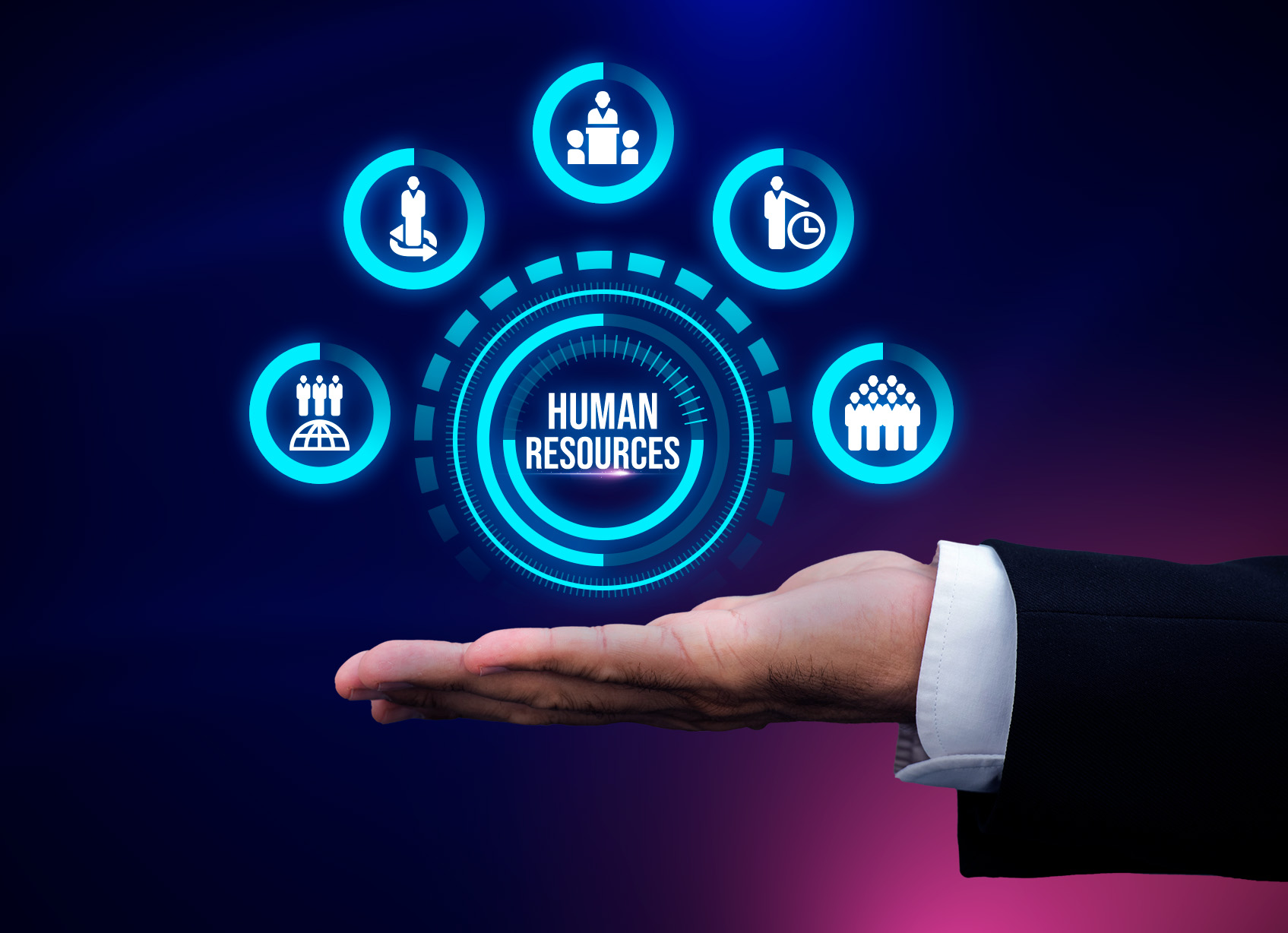Business
Why HRMS Might Be the Answer to Employee Turnover, But Are We Losing the Human Touch

Employee turnover is a problem every company faces at some point. It’s costly, disruptive, and can lower morale, especially when good employees leave. To combat this, many companies have turned to Human Resource Management Systems (HRMS) as a way to improve efficiency and help with retention. But while these systems can offer solutions, there’s a real concern about whether they might take away the very human touch that’s needed to keep employees engaged and happy.
How HRMS Can Help Reduce Employee Turnover
HRMS platforms have made managing employees a lot easier. They streamline a variety of tasks like payroll, leave management, and benefits tracking. With HRMS, HR professionals can free up time spent on administrative tasks and focus more on employee engagement—something that can directly impact retention.
For starters, HRMS gives employees easy access to key information like their pay stubs, benefits, and leave balances. When people can quickly find what they need without having to ask, it gives them a sense of control and transparency that can make a big difference in their satisfaction. It’s also a lot quicker for HR to respond to requests, which can prevent small issues from becoming bigger problems.
Another advantage is that HRMS can track performance, helping companies identify who’s excelling and who might need more support. This can help companies be proactive in offering professional development opportunities, rewards, or even assistance to those struggling. For example, if someone’s performance drops, the system can flag that, and HR can reach out to offer extra training or talk about what’s going on. It’s a more data-driven approach, which means HR can make decisions based on actual insights instead of assumptions.
Additionally, HRMS can improve the onboarding process. New hires can access all the information they need, get familiar with their role, and get up to speed much quicker. A smooth, well-organised onboarding process can make employees feel welcome and set a positive tone for their time at the company, which can encourage them to stick around long-term.

The Risk of Losing the Human Touch
That said, there’s a flip side to all of this technology. HR is, at its core, about people. It’s about building relationships, providing support, and offering guidance when needed. While HRMS can certainly improve efficiency, it can also make HR feel too automated—something that doesn’t sit well with everyone.
For one, relying too heavily on HRMS might make employees feel like just another number in the system. HR professionals are usually the ones who listen to employees’ concerns, offer advice, and help resolve conflicts. If everything is run through a platform, it might reduce the personal interaction that many employees need.
HRMS can track performance, but it can’t pick up on a person’s emotional state or how they’re feeling about their workload. It can’t tell if an employee is struggling with stress or burnout, which are key factors in someone deciding to leave their job. These are things that only a human being can pick up through a conversation.
Also, HRMS can lead to a sense of detachment. If all interactions are through a system, employees might feel disconnected from the people managing them. It might be easier to fill out an online form than to have a face-to-face conversation, but those conversations can really make employees feel valued and heard. Without those human touchpoints, employees might wonder if they’re being seen as individuals or just part of a larger machine.
Striking a Balance Between Technology and Human Connection
So, what’s the solution? The key is balance.
HRMS is a great tool to help manage the technical side of HR, but it should never replace the human side. The best approach is to use HRMS to handle the administrative work efficiently, freeing up HR professionals to spend more time on personal interactions.
For example, HR teams can use HRMS to collect data, track performance, and manage benefits, but they should still make time for one-on-one meetings, coaching sessions, and personal check-ins. This combination allows HR to use technology as an asset while maintaining the personal touch that makes employees feel appreciated and supported.
A good HRMS platform should work alongside human interactions, not in place of them. It can help identify employees who might need extra support, but HR professionals are the ones who can dig deeper, have conversations, and address underlying issues. Whether it’s offering career development, resolving conflict, or just providing a listening ear, these human connections are what keep employees engaged and committed to the company.
Conclusion
HRMS can be a game-changer when it comes to reducing employee turnover. It’s efficient, and organised, and can offer insights that HR teams might otherwise miss. However, companies must not forget the core of human resources: the human connection.
Technology can help make HR work more smoothly, but it should never replace the relationships and personal interactions that keep employees satisfied and loyal.
The combination of both worlds—efficient systems and personal care—helps companies reduce turnover while making employees feel valued and supported. It’s all about using technology to free up more time for the personal touch that truly makes a difference in retention.






